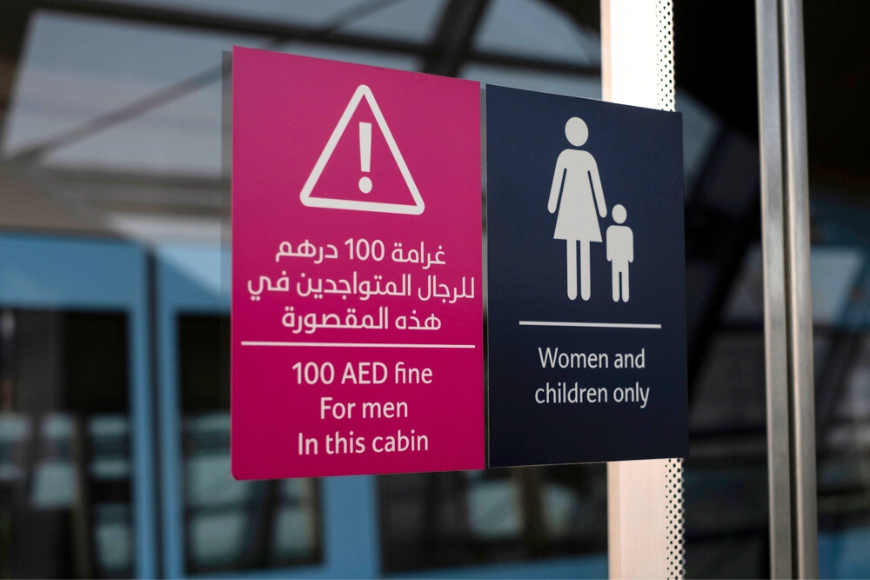11 July 2011
| Last updated on 12 July 2015
The Great Gulf Turtle Race
Help raise awarenessof EWS-WWF Marine Turtle Conservation Project
The Great Gulf Turtle Race, which spanned 5 weeks and 4 countries across the Gulf region, has come to a close, and Emirates Wildlife Society in association with WWF (EWS-WWF) has announced the winners.

Speedy sponsored by Jebel Ali Golf Resort & Spa has earned the title of long distance traveller, clocking in a total of 670 kilometres in just 35 days. Meanwhile the title of most popular turtle has been awarded to Amal, sponsored by Fairmont receiving 1,844 “cheers” on the www.gulfturtles.com website. Speedy came second in the popularity stakes with 1,263 votes while Otohime sponsored by Bridgestone Middle East & Africa clinched third with 170 votes.
Backgrounder
The Marine Turtle Conservation Project
The Marine Turtle Conservation Project is a three-year programme launched by EWS-WWF in April 2010 to pinpoint the migration patterns and locate feeding grounds in the Gulf of the Hawksbill turtle using satellite tracking technology.

Satellite tracking transmitters are fitted to the top of the turtle’s shell in a painless process and secured using a combination of fiberglass and resin. This transmitter sends a signal when the turtle surfaces to breathe giving the marine conservation team the location of that turtle on a map.
The Great Gulf Turtle Race
To help raise awareness of the conservation needs of marine turtles, EWS-WWF launched the Great Gulf Turtle Race. In a light-hearted bid to increase interest around these beautiful creatures and the plight they face as an endangered species, the turtle race will plot the number of kilometres the satellite tagged turtles in the Gulf have swam. As 23 Hawksbill turtles enter the Great Gulf Turtle Race 2011, they will be competing to become the furthest travelling turtle or the most popular turtle.
Visitors to www.gulfturtles.com are now able to chart the progress of the turtles as they migrate after nesting on Gulf beaches earlier this year.

The Ecology of the Hawksbill Turtles
Female Hawksbill turtles emerge from the sea to nest every three to four years. During the nesting season, a female may nest up to four times burying more than 100 eggs in each nest. The temperature of the sand dictates the gender of the hatchlings, so in cooler temperatures, male hatchlings emerge from the nest, while later in the nesting season when the sand is warmer, females emerge. After nesting, the adult female turtles return to their foraging grounds. Adult males live their entire lives at sea, never emerging from the water except to breathe.

Suffering an 80% global loss of population in just three generations, Hawskbill turtles are listed as critically endangered by the IUCN Red List. Threats to their habitat through coastal development, accidental catch in fisheries, targeted egg harvesting and climate change severely threaten their chances of survival. The Marine Turtle Conservation Project, working with its partners region-wide, is working to stem these losses in the GCC region.




.png?itok=HBSyMDok)









































































.png)


























.png?itok=0fOAXkOm)

























.png?itok=EH_x0Pha)
